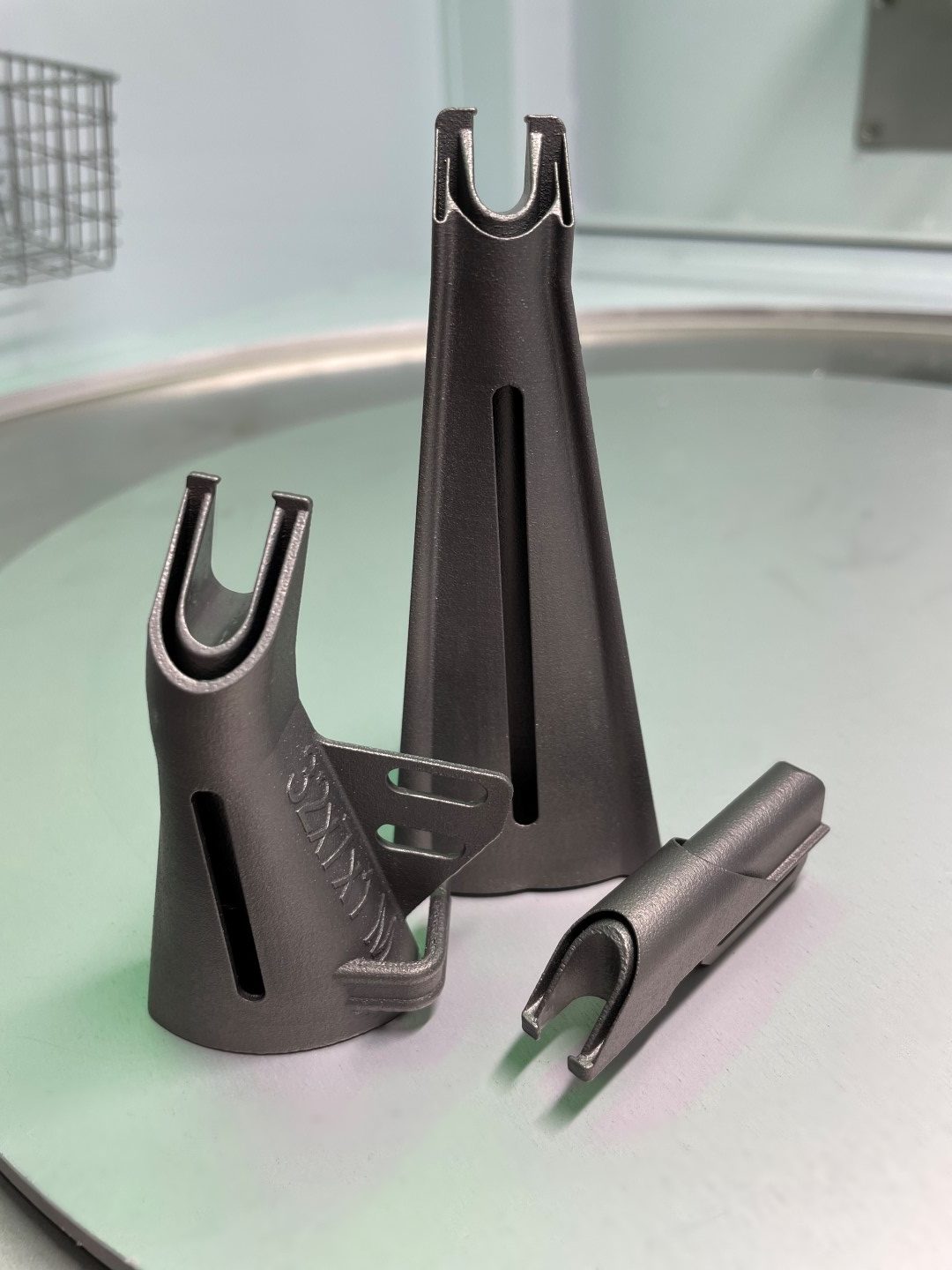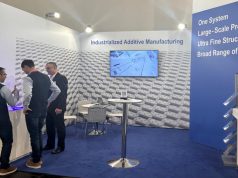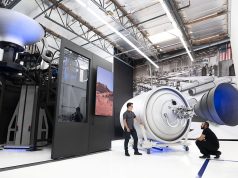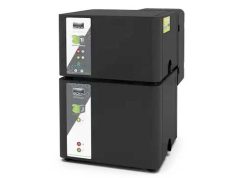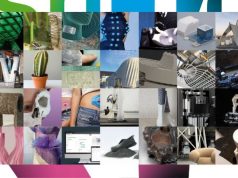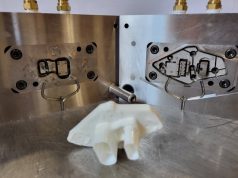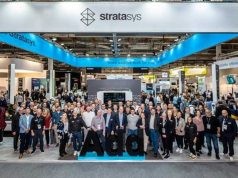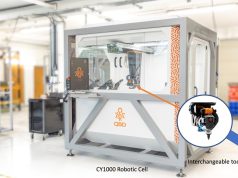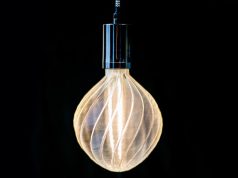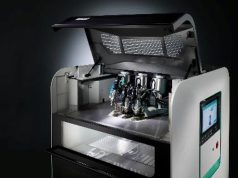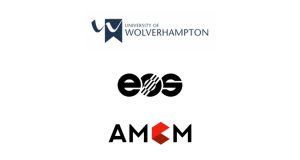How do additive manufacturing and the sewing machine industry fit together? Quite simply. Gerhard Rempfer, Sewing Technical Service, has been a master sewing machine mechanic and sewing technician for 49 years. In that time, a lot has changed on the machines. But one thing has remained: the tedious and time-consuming production of bindings.
Conventional” becomes “additive
It was necessary to redesign the components from scratch, adapting the design to additive manufacturing and further processing. Previously, the parts were manufactured by cold forming (bending), brazing and machining. Stainless steel sheet was used as the material. This resulted in quality fluctuations and long delivery times. The binder is heavy, requires a lot of material and consists of several components.
Then Mr. Rempfer had an idea. Why not manufacture the components additively? And this is where AMbitious powered by Toolcraft came into play. Together, the existing parts were sifted through and redesigned. The goal was to simplify and speed up manufacturing. The challenge here – there are many different manufacturers as well as machine models and thus different fastening forms. Depending on the strip material, filler material or additives, the components have to be adapted. Titanium is now used in the powder bed (L-PBF process).
Dimensional accuracy for high repeatability is important during production. The behavior of the strip, the surface quality and the universal application must be taken into account. Furthermore, a fast delivery of the components is necessary to ensure a smooth production. In addition, the copper tubes that shoot in the strip by compressed air and have to be adjusted manually were replaced.
Now, air tubes are integrated into the component. This results in improved performance because the outlets are now in a location that was not possible before. This means that the compressed air arrives exactly where it is needed.
Partner from practice for practice
As a partner from practice for practice, AMbitious offers a high level of understanding of the additive manufacturing process. The experience in additive manufacturing, the knowledge of materials as well as the possibilities of further machining at Toolcraft helped with the new design of the binder.
In close cooperation with Mr. Rempfer, the component was redeveloped. It has a longer service life, less weight as well as a consistent quality. The assemblies and the handling of the entire component were simplified. The new design was carried out as free-surface modeling with parametric free surfaces in Siemens NX. The software provides data continuity from design to simulation to manufacturing.
Thus, if the size of the component changes, the construction job can simply be adjusted at the push of a button. Without interfaces, there is no loss of data and no additional effort is required to create the construction job. To date, approximately 30 different components have been designed, printed and used in this way.
AMbitious has advised on both material and further processing and supports Mr. Rempfer in sales, communication with machine manufacturers and in the development of a “standard workpiece”.
In the end, additive manufacturing of the binder is faster, easier and more cost-effective than conventional manufacturing. And since there are fewer and fewer skilled workers who can manufacture the binder conventionally, additive manufacturing thus supports the future of the sewing machine industry.
Find out more about AMbitious at am-bitious.de.
Subscribe to our Newsletter
3DPResso is a weekly newsletter that links to the most exciting global stories from the 3D printing and additive manufacturing industry.



